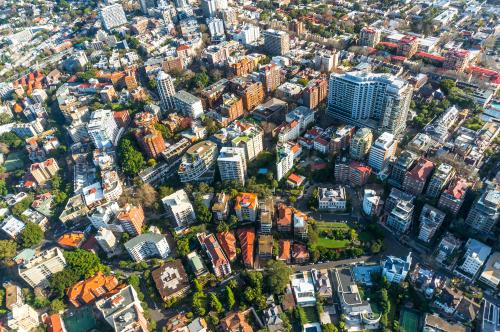An analysis of commercial air travel patterns for the major metropolitan areas of the Great Lakes between 1999 and 2009 reveals the following:
- Similar to the national trends, air passenger travel in the Great Lakes region increased steadily since 1990, moving in step with economic growth, and, accordingly, it has also fallen during the recession. Many metropolitan areas vastly exceeded the national growth rate between 1999 and 2009: Akron, Buffalo, Dayton, and Milwaukee. Conversely, some witnessed passenger declines; St. Louis, Pittsburgh, Toledo, and Cincinnati experienced the steepest declines.
- Measured by the number of connections, the Great Lakes have three of the country’s 10 most connected metropolitan areas and another three that rank in the top 25. Metropolitan Chicago has 133 connections to other metropolitan and micropolitan areas, which ranks second in the country. Detroit and Minneapolis are not far behind with 122 and 114 connections, respectively.
- One of the top 10 most travelled air corridors in the nation and 21 of the top 100 lie in the Great Lakes. The corridor linking Chicago to New York attracted over 4.7 million passengers during the last twelve months to rank fourth in the country by volume. Overall, Chicago boasts twenty corridors in the nation’s top 100.
- The Great Lakes metropolitan areas experience a range of on-time performance, although three of the region’s four major hubs exceed national on-time averages. During the last year, 79.1 percent of arriving flights in the major Intermountain West metros were on time, similar to the national average of 78.9 percent. However, performance was mixed between the twenty metropolitan areas.
The recession and significant contraction in the Great Lakes region’s auto and related manufacturing industry has recently exacerbated economic woes and an out-migraton dynamic. Hence, it should come as no surprise that air travel patterns have followed suit. A return to economic growth will challenge those growing regions and the most connected metropolitan areas.




